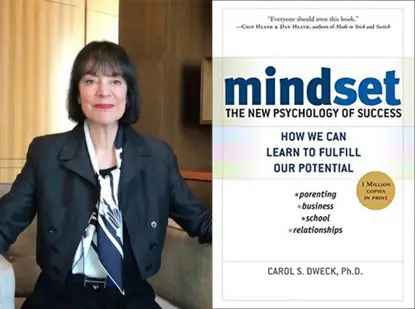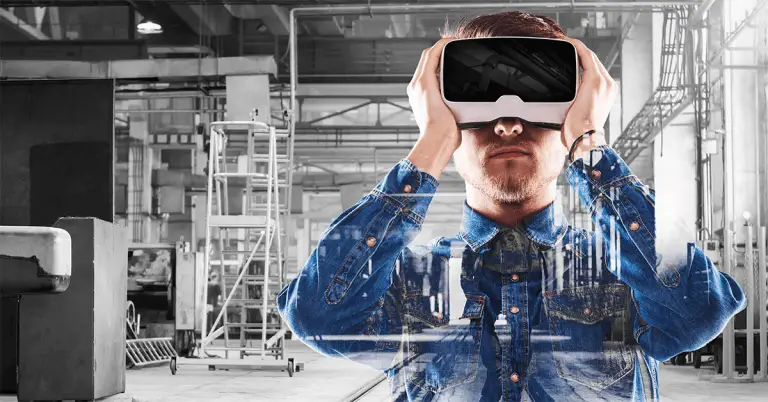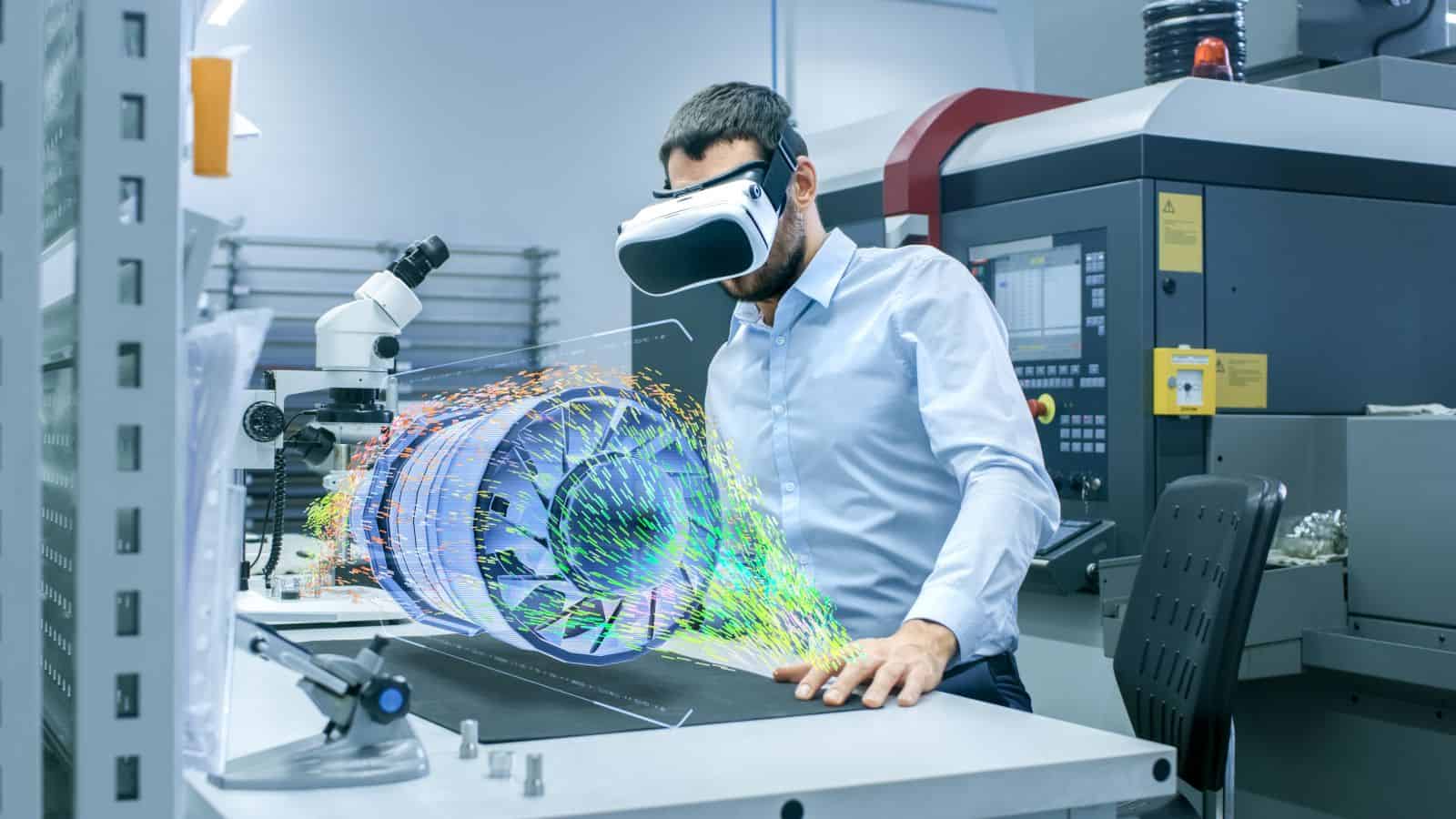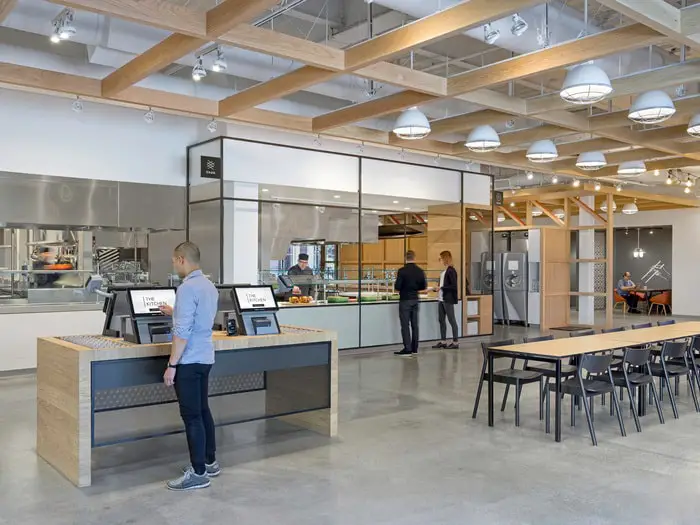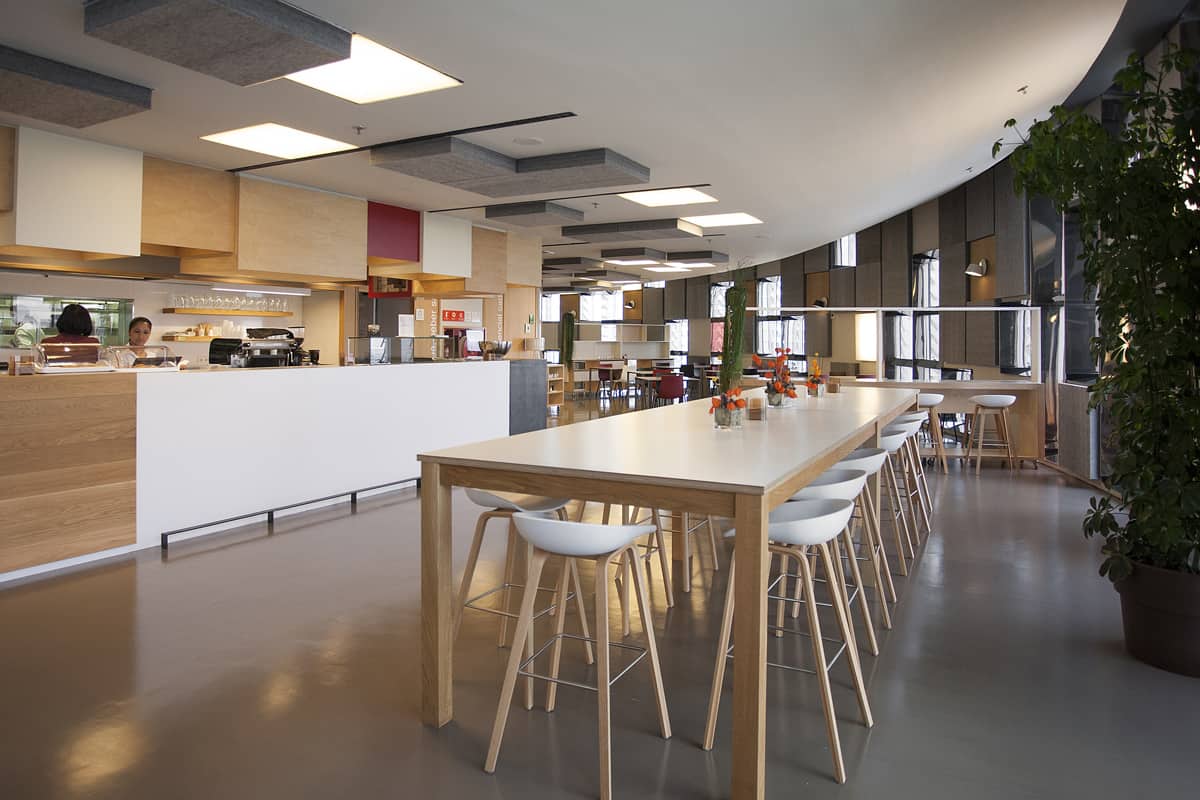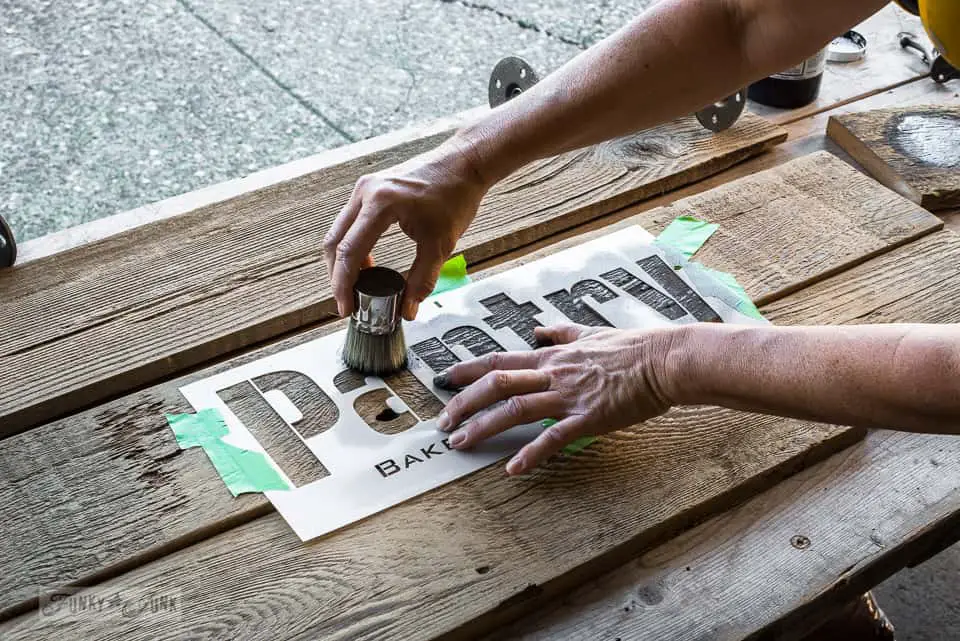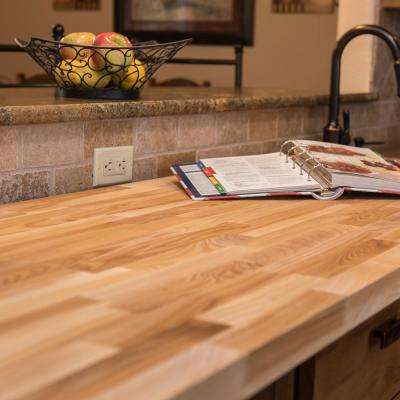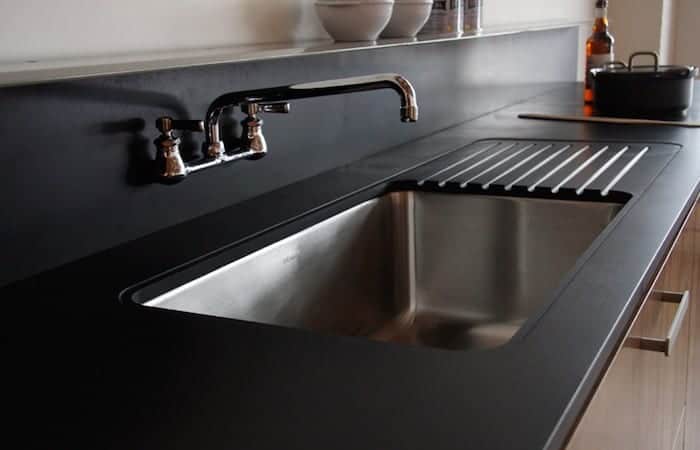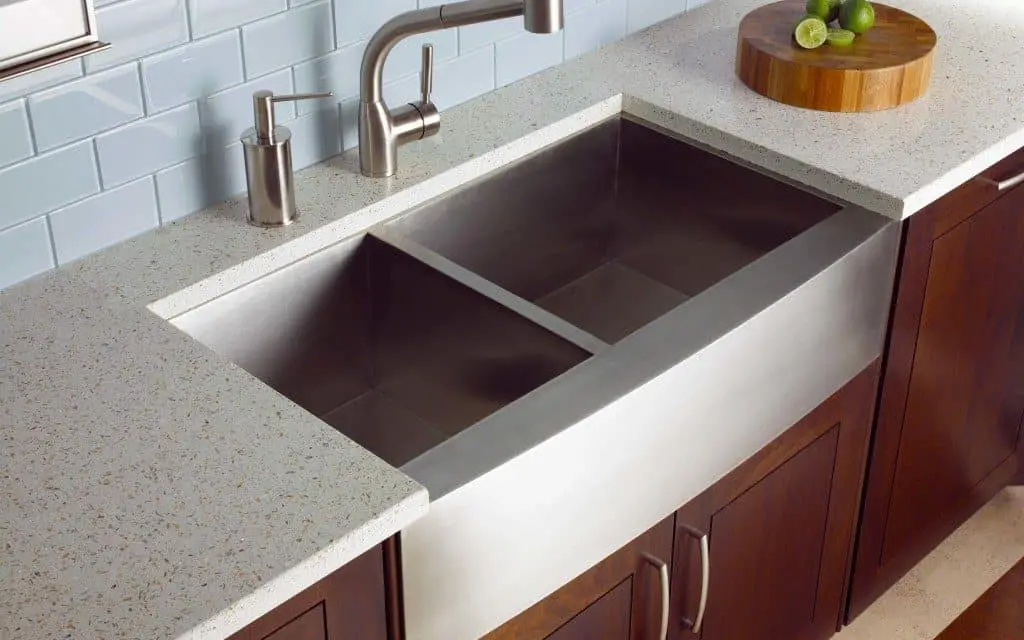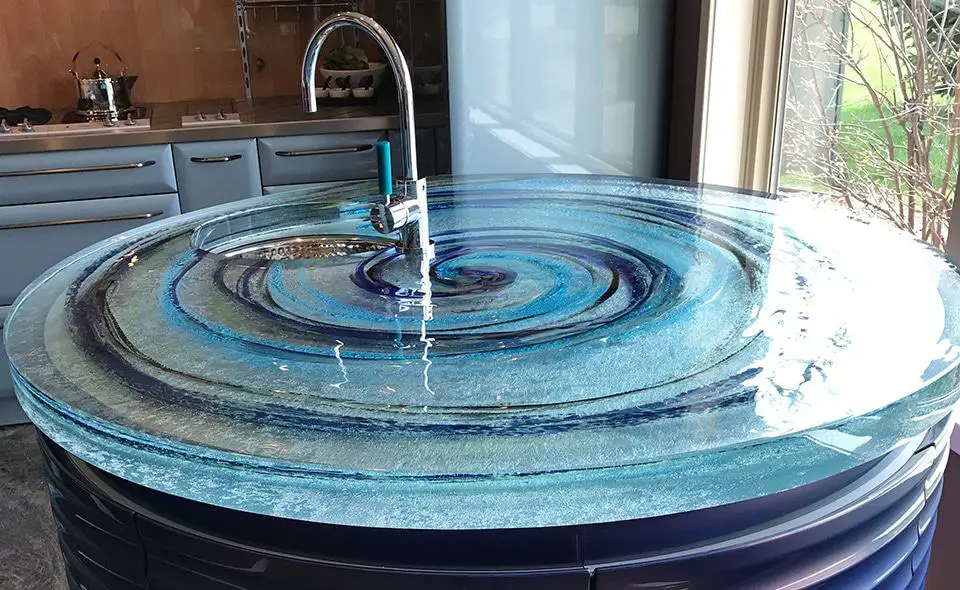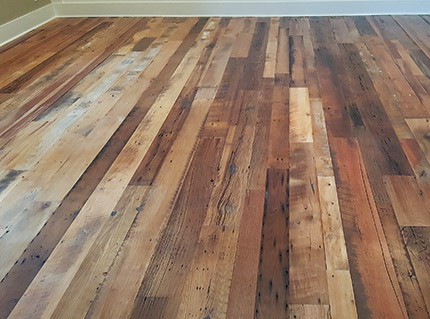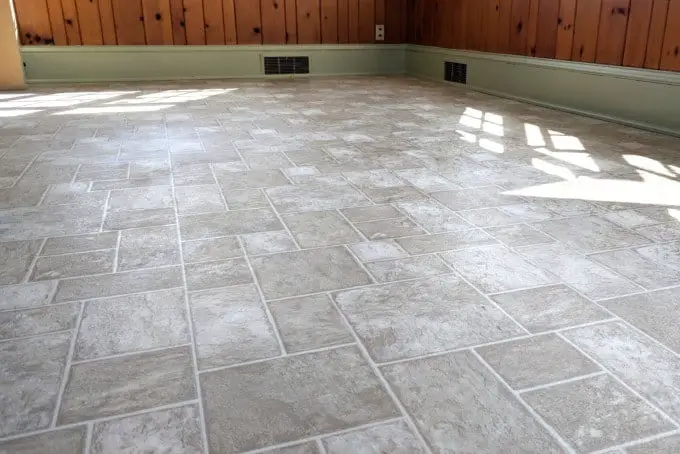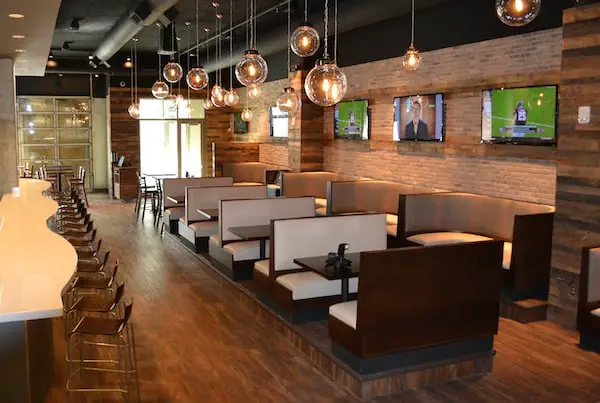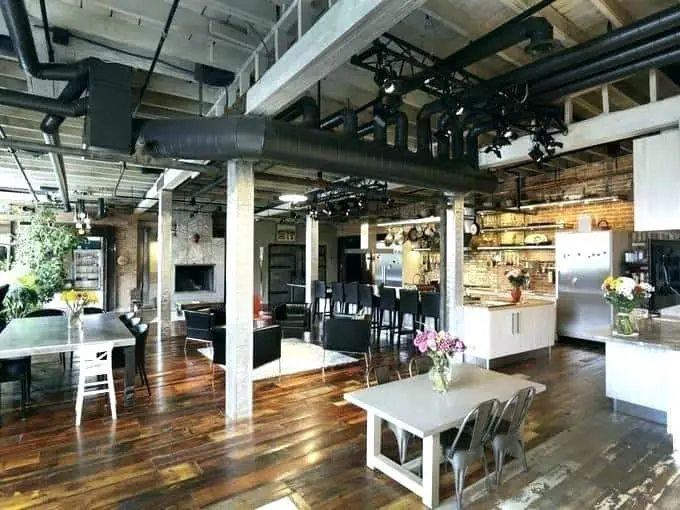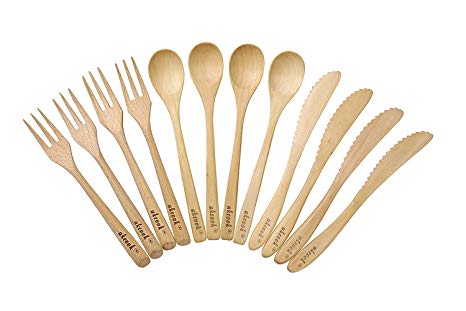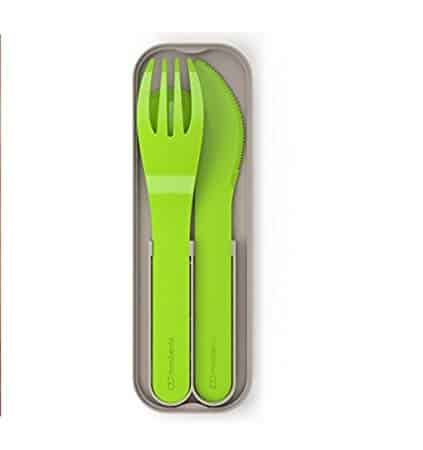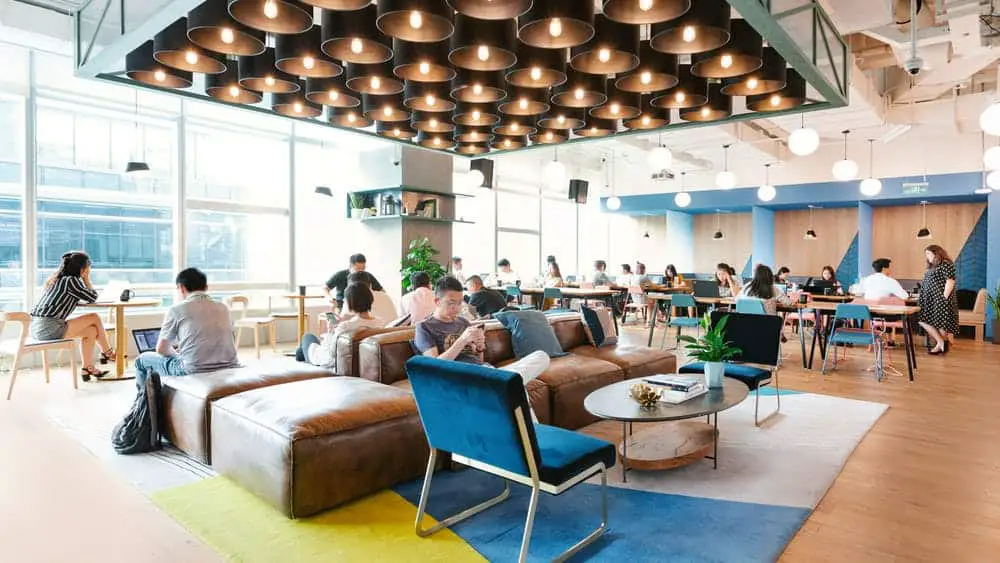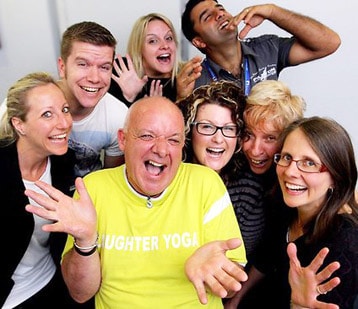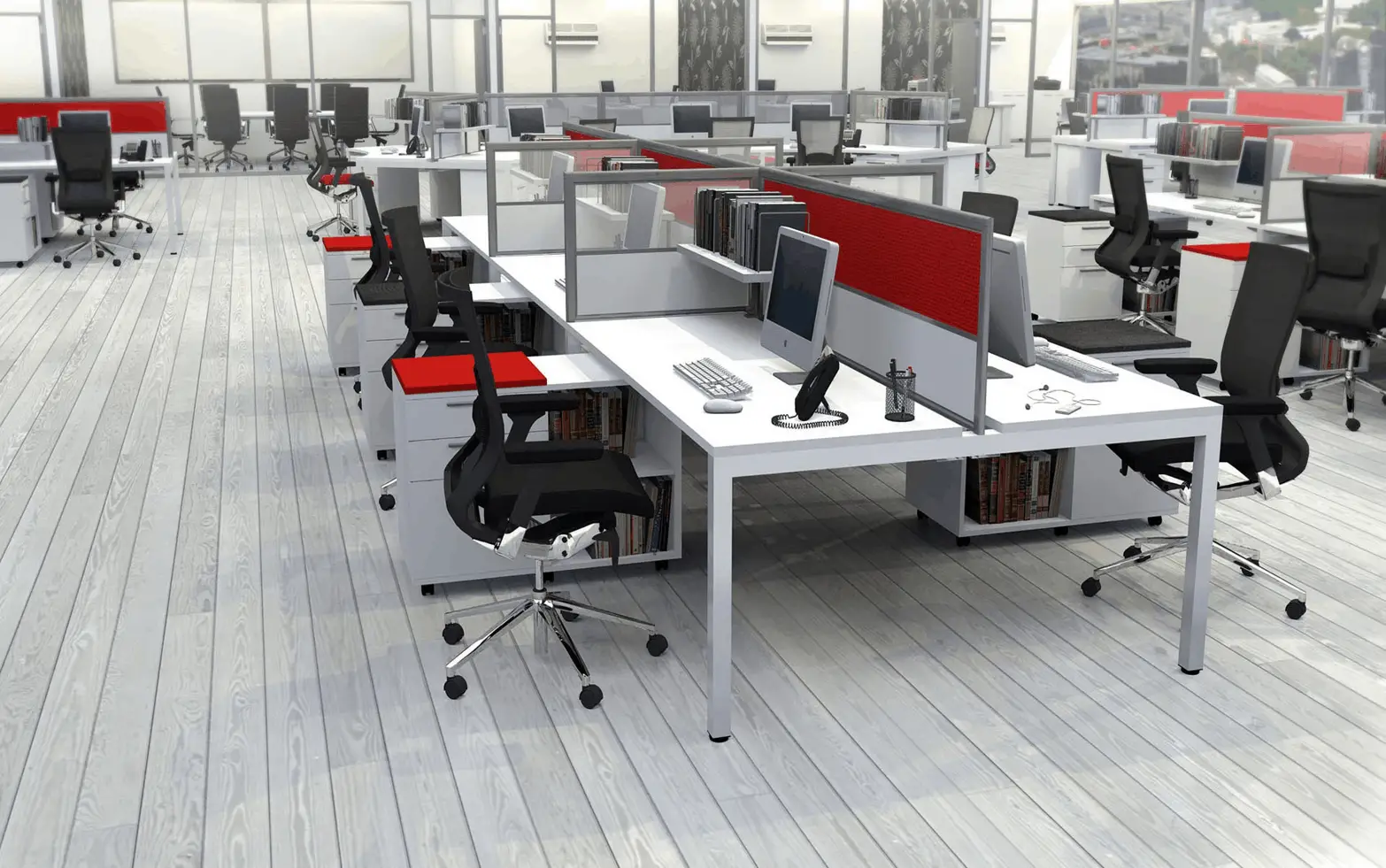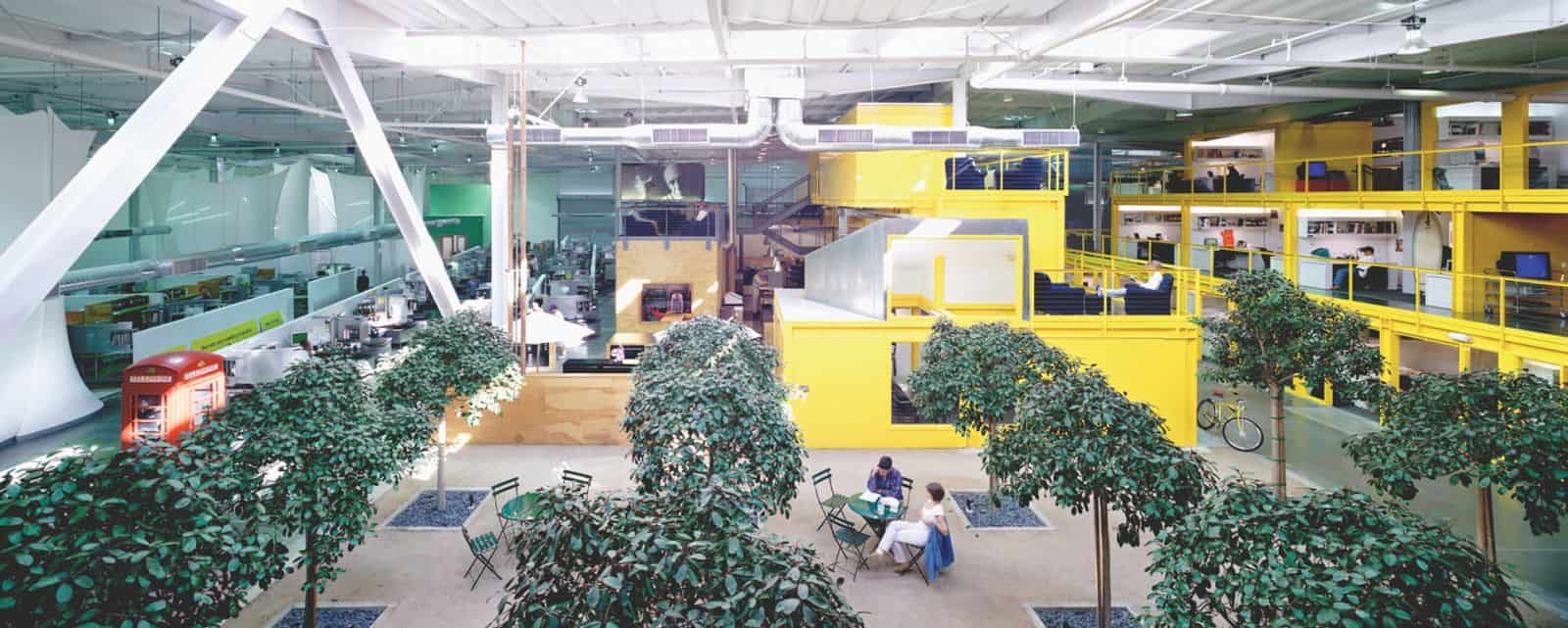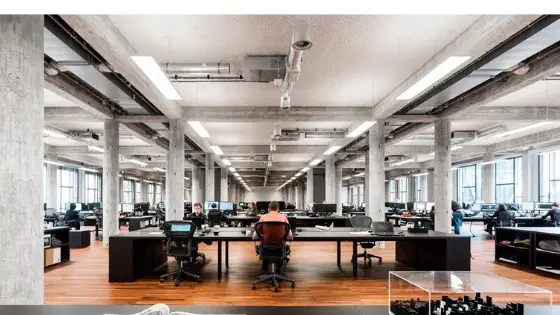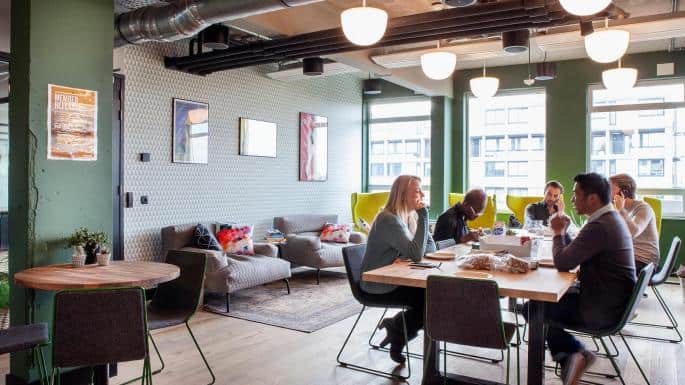Carol S. Dweck, Ph.D., one of the world’s leading researchers in the field of motivation and the Lewis and Virginia Eaton Professor of Psychology at Stanford University in her book Mindset: The New Psychology of Success, presents her research on why people succeed and how to foster success.
Her work over many decades has led to what she calls “mindset theory” – that all people have either fixed mindset, or a growth mindset. In her book she explores how your mindset affects your work, relationships and success in general; whether organizations can also say to have mindsets; and how you can change your mindset if you don’t like your current one. (Sign up for Audible and get TWO audiobook for FREE – click here)
The Mindset
In the actual chapter itself, Dweck explores starts by presenting her interest on the issue of how young people deal with failure. She decided to explore this individually looking for commonalities and differences in how the kids handled defeat.
For Dweck, this introduced the concept that both intelligence and personality are entities that can be developed and grown, rather than being fixed. Scientists today believe that genes need input from the environment to work correctly.
Believing that things like intelligence and personality are carved in stone creates what Dweck calls a fixed mindset, which in turn creates the need to prove oneself over and over again.
The opposite mindset, the growth mindset, is to believe that we can grow by using experience and challenges to overcome failure. We can only reach our true potential if we have a passion for learning.
“The passion for stretching yourself and sticking to it, even (or especially) when it’s not going well, is the hallmark of the growth mindset.” Carol S. Dweck
People are generally terrible at determining their assets, strengths and weaknesses. Each mindset plays a tremendous role in determining the steps we take to deal with failure when it does enter our lives.
Inside the Mindsets
In chapter two author Carol Dweck goes inside the two mindsets. The key to achieve your full potential is not ability – it’s whether you believe that ability is something inherent that only needs to be demonstrated, or you believe that ability can be developed. The first attitude is called a fixed mindset. The second attitude is called a growth mindset.
People with a fixed mindset:
- – Believe that intelligence is static and each person has an inherent level of ability
- – Focus on ‘looking smart’ and limit themselves to things they know they can do well
- – Avoid challenges, since failing would negatively impact their self-image
- – Hate unexpected obstacles – challenges they have to face, where success is not assured
- – See effort as ultimately pointless, since they simply ‘are who they are’
- – Ignore or take very personally criticism
- – Feel threatened by the success of others
People with a growth mindset:
- – Believe that intelligence can be developed, which sparks their desire to learn and improve
- – Failure is just another opportunity to learn
- – Embrace challenges
- – Obstacles do not discourage them
- – See effort as necessary to grow and master new skills
- – Consider criticism and negative feedback as sources of valuable information
- – Find lessons and inspiration in the success of others

Credit for this graphic goes to Nigel Holmes, used with permission.
Having a fixed mindset can have devastating effects in business. Dweck cites several examples of business leaders who succumbed to so-called “CEO disease” which means they become so enamored with their initial success that they fall victim to static thinking.
“Lurking behind that self-esteem of the fixed mindset is a simple question: If you’re somebody when you’re successful, what are you when you’re unsuccessful?” Carol S. Dweck
In sports, successful athletes are constantly seeking challenges because they have a growth mindset, to the point where they can often do the seemingly impossible.
“People in a growth mindset don’t just seek challenge, they thrive on it. The bigger the challenge, the more they stretch.” Carol S. Dweck
During the educational process, test scores have a huge influence over those with a fixed mindset. People tend to get slotted according to their scores. Important is the role teachers play. They often slot students due to test scores as well, creating a fixed mindset in many of their students that can limit them severely in future endeavors.
Dweck explores also the role of brain waves in the two mindsets:
– People with a fixed mindset tend to have active brain waves when something involves being right or wrong
– People a growth mindset have active waves when presented with something that involves learning.
The two mindsets even affect the choice of a mate:
– Fixed mindset people want people who would love their fixed qualities
– Growth mindset people want people who will challenge them and help them grow
The Truth About Ability and Accomplishment
In chapter three author Carol Dweck tries to shed some light about ability and accomplishment, these two fundamental aspects of life.
How do mindsets work to produce achievement in real life?
Once again, mindset is often the difference between success and failure. People can do a lot more than they think they can, and they can often exceed external assessments of their abilities with the right mindset.
“Whether we’re talking about Darwin or college students, important achievements require a clear focus, all-out effort, and a bottomless trunk full of strategies.” Carol S. Dweck
Studies tracking the development of overachievers reveal that most people who fall into this category are quite ordinary growing up, and they only blossoming as their love of growth, challenges and learning comes to the forefront.
“Just because some people can do something with little or no training, it doesn’t mean that others can’t do it (and sometimes do it even better) with training.” Carol S. Dweck
Many prodigies and gifted children start out with an outstanding “gift” that was easily identified early in life, but they can only realize their full potential with that gift if they develop an ongoing love of both learning and challenges.
Teachers, of course, play a critical part in this development. Teachers with a growth mindset focus on developing the skills of their students, knowing that results will follow. Students don’t just grow smart; they have to put in the effort and enjoy the process as well.
Sports: The Mindset of a Champion
In Chapter four the author turns her attention to athletic achievement. The essential concept behind all of the numerous examples presented is that most “naturals” develop a love of both effort and learning.
They all developed a high “sports IQ,” which means they learn how to see the inner game within a game faster and more deeply than their competitors. To do this requires years of effort as well as natural talent, and it also takes a considerable work ethic in terms of putting in the time and effort required to excel.
“We like to think of our champions and idols as superheroes who were born different from us. We don’t like to think of them as relatively ordinary people who made themselves extraordinary.” Malcolm Gladwell
Dweck talks extensively about how different athletes gained the ability to do this. In the process, they developed the mental toughness they needed to succeed, and they were able to raise their level of play in high-profile events during the toughest times.
“The mental toughness and the heart are a lot stronger than some of the physical advantages you might have.” Michael Jordan
That kind of character also allows great players to stay on top. Character comes from an ability to go beyond natural talent, which is one classic definition of growth mindset, which creates a willingness to work hard to become the best rather than rest on individual laurels and becoming satisfied.
“The mark of a champion is the ability to win when things are not quite right—when you’re not playing well and your emotions are not the right ones.” Billie Jean King
Business: Mindset and Leadership
The big ego disease has spread throughout the business world and continues to grow unchecked. Many tend to look at themselves as visionaries, and they also see themselves as the smartest guys in the room.
“Fixed-mindset people want to be the only big fish so that when they compare themselves to those around them, they can feel a cut above the rest.” Carol S. Dweck
On the other hand, to delve further into business scenarios and determine how companies go from being good to great, a landmark study was performed, according which the best leadership was when leaders focused on asking questions and confronting answers, even they were negative. That kind of mindset tends to lead to excellent decisions.
Jack Welch of GE, Lou Gerstner of IBM and Anne Mulcahy of Xerox are the three examples of growth-minded leaders, and all three started with a strong belief in human potential and development. They all:
- – Listen, nurture talent and give credit to boost performance
- – See themselves as guides, not judges
- – Open up dialog and channels for honest feedback to keep from becoming isolated
- – Focus on the customer whenever possible
- – Combine toughness and compassion in their leadership styles
How does company mindset effect its employees?
Workers at companies with a fixed mindset:
- – Tend to say that only a handful of “star” employees are highly valued
- – Are less committed to their work
- – Are less likely to believe that the company had their back
- – Pursue fewer new projects, concerned about failing
- – Are more likely to keep secrets, cheat and cut corners to get ahead
Employees in a “growth mindset” company are likelier to:
- – Say that their colleagues are trustworthy
- – Feel a strong sense of ownership and commitment to the company
- – Say that the company supports risk taking
- – Say that the company fosters innovation
Dweck’s findings so far suggest that growth mindset companies have happier employees and a more innovative culture. A company can encourage a growth mindset by:
- – Investing in continuing education and training for.
- – Hiring for higher-level positions from ‘within the ranks’ of a company.
- – Encouraging and rewarding innovative thinking.
Relationships: Mindsets in Love (Or Not)
In this chapter author Carol Dweck turns her attention to the role mindsets play in romantic relationships. She starts her exploration by delving into rejection.
When people with fixed mindsets are rejected, they feel judged and permanently labeled, and as a result they often have revenge on their minds with regard to their partner or significant other. Those with growth mindsets, though, want to understand, forgive and move on.
The perfection we find in another when falling in love is rarely static, though, and it requires work to maintain love because there is ongoing tension in any relationship.
- – Agreement on everything is rare, though, and it requires a high level of communication to maintain anything close to that kind of interaction.
- – Disagreements are normal as well, and some of the ongoing work must be applied to negotiating the terms of those disagreements that can hinder the relationship.
The simple fact is that no-effort relationships are often doomed from the start. Most relationships break up over the issue of staying the same vs. making changes.
“The belief that partners have the potential for change should not be confused with the belief that the partner will change. The partner has to want to change, commit to change, and take concrete actions toward change.” Carol S. Dweck
Most single men and women believe that meeting the right partner is the essential element in having a successful relationship. They also tend to hold the belief that the “right” partner will accept them exactly as they are, and that this is actually a basic prerequisite for being happy together.
“It’s impossible for a couple to share all of each other’s assumptions and expectations.” Carol S. Dweck
Successful long-term relationships require changes and compromises from both partners, and if you want a long-term relationship, you will eventually need to embrace change.
Parents, Teachers and Coaches: Where Do Mindsets Come From?
In the seventh chapter Carol Dweck explores the origin of mindsets. She begins by delving into parenting, whose every word and action sends a message. They are also messages that teachers can send to their students or coaches can send to their athletes Many of those messages, unfortunately, are rooted in a fixed mindset.
Criticism, stereotyping and putting limitations on ability are some of the biggest problems that come up with fixed mindset parenting. Messages about success are equally important. Being truly supportive is about balancing praise and encouragement, and too much praise can create an abundance of problems.
“We can praise as much as we want for the growth-oriented process—what they accomplished through practice, study, persistence, and good strategies.” Carol S. Dweck
True constructive criticism is about giving the child the ability to fix something, build a better product or do a better job. It’s critical to acknowledge the pain of failure while providing encouragement, and to foster a growth mindset that can help kids overcome failure.
“Don’t judge. Teach. It’s a learning process.” Carol S. Dweck
Great parents are like great teachers, who consider themselves no smarter than their students – the emphasis is always on learning, growth and a willingness to take on that mindset. They consider their job to be setting the high standards and creating the nurturing atmosphere necessary to meet those standards.
“The great teachers believe in the growth of the intellect and talent, and they are fascinated with the process of learning.” Carol S. Dweck
Changing Mindsets: a Workshop
In the final chapter the author deals with the possibility of change and what it takes to enact it. Many experiments have proven that you can change your mindset from a self-limiting fixed mindset to a mindset of growth.
“The message is this: You can change your mindset.” Carol S. Dweck
The first step is self-awareness. Be aware that your inner dialogue is one of a person with a fixed mindset. Then recognize that you have a choice. If you want, you can choose to:
- – Put in more effort,
- – Focus on learning and improving, and
- – Eventually expand your abilities.
Mindsets go further than the running account of what’s happening to us and how we feel about it that we all tend to use. According to Dweck, beliefs are basically the key to happiness or misery. The growth mindset is based on the belief in change.
“People with the growth mindset know that it takes time for potential to flower.” Carol S. Dweck
When people are able to let go of a fixed mindset, change becomes easier, but in some situations they’re holding onto that mindset for a significant reason, i.e., at some point in their past it served a legitimate purpose for them.
When they do finally let go, though, they’re able to take more risks, although there’s a fear that they may lose themselves in the process. Once the proper mindset takes hold, the process becomes a win-win proposition.
“Mindset change is about seeing things in a new way. When people—couples, coaches and athletes, managers and workers, parents and children, teachers and students—change to a growth mindset, they change from a judge-and-be-judged framework to a learn-and-help-learn framework.” Carol S. Dweck
Carol S. Dweck in her book, Mindset, provides and presents a complete understanding of the impact of growth and fixed mindsets on your performance, with references to actual science and research, the aptitude to recognize growth in yourself and the people around you and she advices you on how to transform your fixed mindset into growth mindset. You do not have to be stuck with a mindset that limits you and your potential.
(Sign up for Audible and get TWO audiobook for FREE – click here)
Check the latest price of Mindset on Amazon HERE
Watch Book Review Animated Videos on Open Sourced Workplace – CLICK HERE
Join the Open Sourced Workplace Community


Other Open Sourced Workplace Book Reviews
The Elemental Workplace  by Neil Usher
by Neil Usher
The Employee Experience Advantage  by Jacob Morgan
by Jacob Morgan
Bold: How to Go Big, Create Wealth and Impact the World  by Peter Diamandis and Steven Kotler
by Peter Diamandis and Steven Kotler
The Future Brain  by Dr. Jenny Brockis
by Dr. Jenny Brockis
Radical Candor  by Kim Scott
by Kim Scott
Why We Sleep  by Matthew Walker, PhD
by Matthew Walker, PhD
The Best Place to Work  by Ron Friedman, PhD
by Ron Friedman, PhD
How Google Works  by Eric Schmidt and Jonathan Rosenberg
by Eric Schmidt and Jonathan Rosenberg
The Employee Experience  by Tracey Maylett, EdD and Matthew Wride, JD
by Tracey Maylett, EdD and Matthew Wride, JD
The Culture Code  by Daniel Coyle
by Daniel Coyle
The Toyota Engagement  by Tracey Richardson and Ernie Richardson
by Tracey Richardson and Ernie Richardson
The Healthy Workplace  by Leigh Stringer
by Leigh Stringer
The Future of Work – Attract New Talent, Build Better Leaders, and Create a Competitive Organization by Jacob Morgan
Big Data: A Revolution That Will Transform How We Live, Work, and Think  by Viktor Mayer-Schönberger and Kenneth Cukier
by Viktor Mayer-Schönberger and Kenneth Cukier
Lead Your Tribe, Love Your Work  – Piyush Patel
– Piyush Patel
HR On Purpose  – Steve Browne
– Steve Browne
Work Rules  – Laszlo Bock
– Laszlo Bock
Peak Performance  by Brad Stulberg & Steve Magness
by Brad Stulberg & Steve Magness
The Future Workplace Experience  – Jeanne C. Meister and Kevin J. Mulcahy
– Jeanne C. Meister and Kevin J. Mulcahy
Carrots and Sticks Don’t Work – Paul L. Marciano, Ph.D.
– Paul L. Marciano, Ph.D.
Failing Forward – John C. Maxwell
– John C. Maxwell
The Joy of Work – Bruce Daisley
– Bruce Daisley
Alive at Work – Daniel M. Cable
– Daniel M. Cable
Measure What Matters – John Doerr
– John Doerr
The Leadership Lab: Understanding Leadership in the 21st Century – Chris Lewis and Dr. Pippa Malmgren
– Chris Lewis and Dr. Pippa Malmgren
On Fire At Work – Eric Chester
– Eric Chester
Make Your Brain Work – Amy Brann
– Amy Brann
Recommended Personal Development Books
1. Rich Dad Poor Dad by Robert Kiyosaki:
by Robert Kiyosaki:
2. The 4-Hour Workweek by Tim Ferriss:
by Tim Ferriss:
3. How to Win Friends and Influence People by Dale Carnegie:
by Dale Carnegie:
4. The 48 Laws of Power  by Robert Greene:
by Robert Greene:
5. The Way of the Superior Man by David Deida:
by David Deida:
6. Man’s Search for Meaning by Viktor Frankl:
7. Mastery by George Leonard:
by George Leonard:
8. Mindfulness for Beginners by Jon Kabat-Zinn:
by Jon Kabat-Zinn:
9. The Obstacle is the Way by Ryan Holiday:
by Ryan Holiday:

